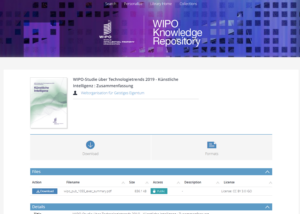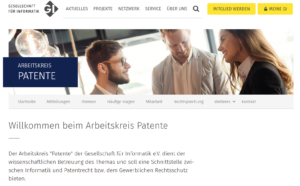Software innovation plays a pivotal role in driving progress and transforming industries. However, in the absence of proper protection, these groundbreaking ideas are vulnerable to imitation and misuse. Patenting software provides inventors with the legal means to safeguard their creations, ensuring recognition, and enabling them to capitalize on their ingenuity. In this comprehensive guide, we outline the step-by-step process of patenting software, empowering innovators to navigate the intricacies of intellectual property law effectively. A patent attorney such as those at www.reich-ip.com can help you with every step of patenting your software.
1. Conduct a Thorough Prior Art Search
Before diving into the patenting process, it’s essential to conduct a comprehensive prior art search to assess the novelty and non-obviousness of your software invention. This involves scouring existing patents, scientific literature, and other relevant sources to identify similar technologies or inventions. Understanding the existing landscape will help you refine your invention and increase its chances of obtaining a patent.
2. Document Your Invention
Once you’ve established the novelty of your software invention, it’s crucial to document every aspect thoroughly. This includes creating detailed descriptions, diagrams, flowcharts, and any other relevant materials that illustrate the functionality and technical aspects of your invention. Clear and comprehensive documentation will serve as crucial evidence during the patent application process and subsequent legal proceedings.
3. Determine Patent Eligibility
In many jurisdictions, including the United States and Europe, software inventions are patentable if they meet certain criteria. Generally, to be eligible for a patent, a software invention must be novel, non-obvious, and have a practical application. Additionally, it should not fall under excluded categories such as abstract ideas or mathematical algorithms. Consulting with a qualified patent attorney or agent can help you assess the patentability of your software invention and navigate any potential hurdles. You can have your invention checked for patentability prior to engaging a patent attorney on www.erfindungsmeldung.de
4. File a Patent Application
The next step is to file a patent application with the relevant patent office. Depending on your jurisdiction, you may choose to file a provisional or non-provisional patent application. A provisional application provides an earlier filing date and allows you to establish a priority date for your invention, while a non-provisional application is a formal submission that undergoes examination by the patent office.
5. Draft Claims
Drafting patent claims is a critical aspect of the application process, as they define the scope of protection granted by the patent. Claims should be clear, specific, and tailored to cover the unique features and functionalities of your software invention. Working closely with a patent attorney or agent experienced in software patents can help ensure that your claims are effectively drafted to maximize protection while withstanding potential challenges.
6. Respond to Office Actions
After filing your patent application, it will undergo examination by the patent office, during which an examiner may issue office actions requesting additional information or raising objections to the claims. It’s essential to carefully review and respond to these office actions in a timely manner, addressing any concerns raised by the examiner and providing arguments and evidence to support the patentability of your invention.
7. Obtain Patent Grant
If the patent office determines that your software invention meets all patentability requirements and overcomes any objections, you will receive a patent grant. This grant confers exclusive rights to your invention for a specified period, typically 20 years from the filing date of the application. Once granted, it’s crucial to maintain your patent by paying periodic maintenance fees and enforcing your rights against infringement.
Conclusion
Patenting software is a complex yet rewarding process that empowers innovators to protect their creations and capitalize on their ingenuity. By following these steps and seeking guidance from experienced patent professionals, inventors can navigate the intricacies of intellectual property law effectively and secure valuable protection for their software innovations. In doing so, they contribute to the advancement of technology while safeguarding their rightful place in the digital landscape.




